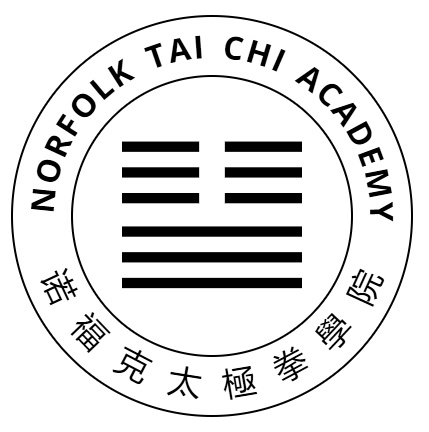Chinese characters
Chinese characters are not symbols like our letters, but pictograms – line drawings. Here for example is a person, rén, which shows a person standing (on two legs): 人
And here is the character for a king or emperor, wáng – the three lines representing him joining heaven (the upper line), earth (the lower line) and the human world (the middle line): 王
Being pictures, these characters (unlike words in Western languages) don’t tell you how to say them. You just have to learn them, character by character.
Mandarin and Cantonese
China is a huge country with a population in excess of one billion people. Whilst everyone uses the same characters, different peoples within China say these words differently. Sometimes it’s just a small change in pronunciation – a dialect – but sometimes the difference is so great that the word can’t be recognised. In other words: China has different languages, and there’s no such thing as “Chinese”.
The language of government, spoken in the capital Beijing (in the North), is Mandarin, although it only became the official language in 1930. But our teacher Mr Moy came from the south of China; he mostly spoke Cantonese. His most important teacher, Liang Tzu-peng, lived in Hong Kong and also spoke Cantonese. Most of the words they used when teaching were Cantonese and not Mandarin.
So how do we write down Cantonese pronunciation in English? Cantonese has some different sounds to Mandarin, and pinyin doesn’t even work. The Cantonese have therefore developed their own Cantonese Pinyin but most people use an older system called Yale (because of a link to Yale university in the US).
Here’s an example, a word Mr Moy used a lot: 腰 – yao in pinyin but pronounced yiu in Cantonese. Normally translated waist, the closest word in English is midriff – it refers to the whole area of the body at waist level, including all the insides, especially the kidneys and the lumbar spine. How did Mr Moy write it? He didn’t. His students wrote it down the way it sounded to them; they wrote yu. We’ll talk about the yiu more when we discuss the two most important foundation exercises of Mr Moy’s Tai Chi, 蹲 腰 the don-yu, and 拖 蹲, the tor-yu.
Resources:
